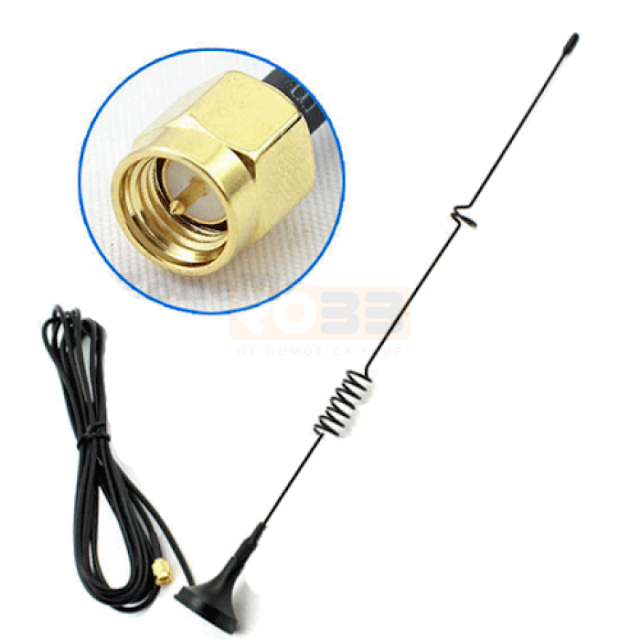Following table provides links to useful RF converters and calculators. It include aggregate noise figure calculator , circular waveguide lowest cutoff frequency frequency calculator, dBm to dBW converter, dBm to Watt converter , Watt to dBm converter, microstrip line impedance calculator, PI attenuator resistance value calculator, Power Divider output port value calculator, rectangular waveguide cut off frequency calculator, return loss to VSWR converter, Skin depth calculator, Strip line impedance calculator, T attenuator resitances calculator, RF Exposure calculator, RF Field Strength, RF Transformer calculator, TEM wavelength calculator, waveguide breakdown power, planar resistance calculator, interdigital capacitance, spiral inductance calculator, circular and rectangular cavity resonator calculators, plane wave calculator, reflex klystron calculator, slotline calculator, magnetron, reflection coefficient, Time Domain Reflectometry length, TWT, Tunnel diode, varactor diode

